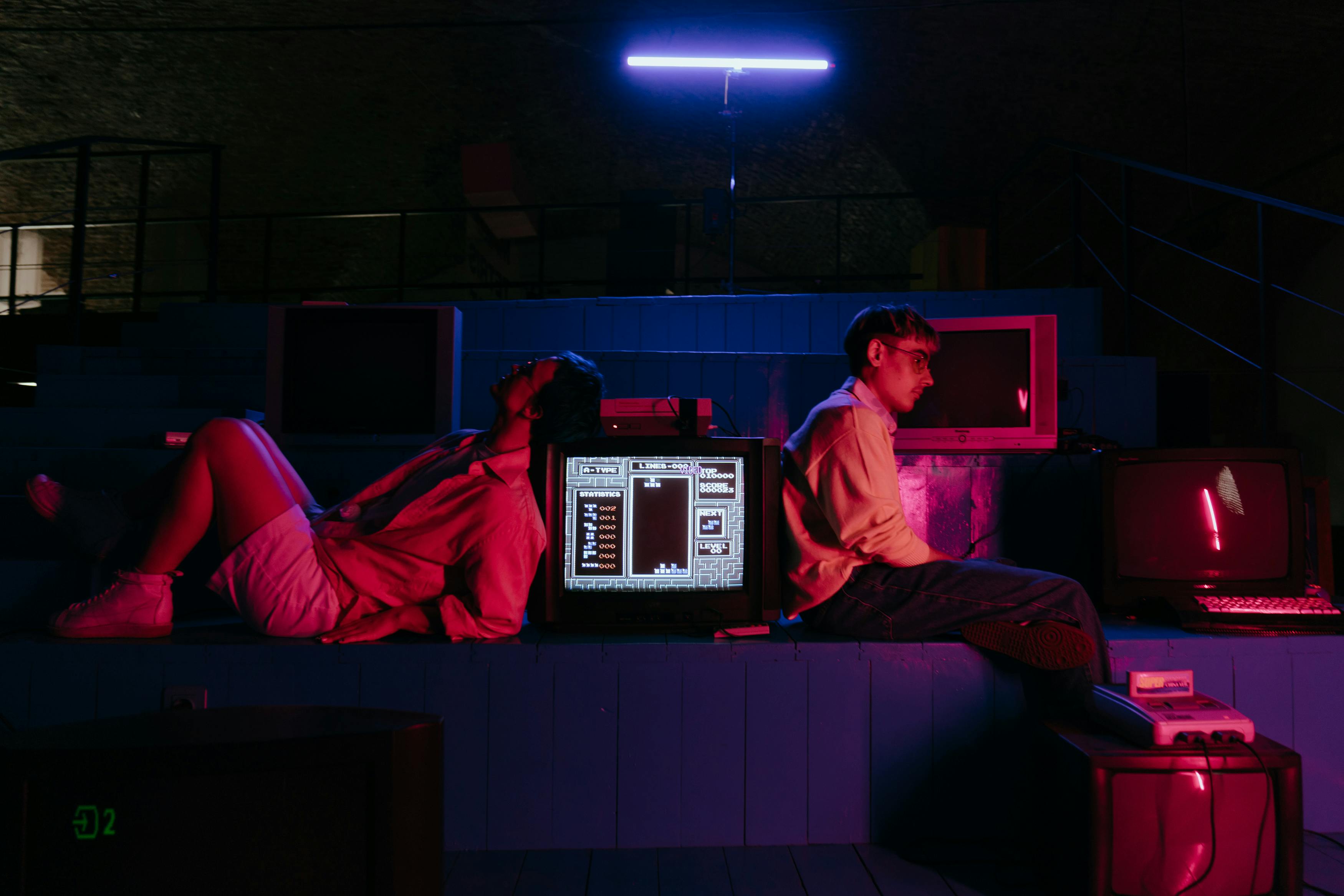
The true story behind the iron horse kata
Tekki Kata, also known as Haihanchi, is one of the best forms of all martial arts. Many people refer to him as The Iron Horse. As the name implies, it is a form of horse stance, and the karateka moves from side to side while performing it.
The power generated by this form of Okinawan Karate is absolutely amazing. The deep pose works the legs, and the tan tien begins to pump, and one feels the power of chi run through the frame almost from the start. It is usually taught around the black belt level in systems like Kyokushinkai.
When I first learned Naihanchi, I enjoyed most facing a partner and having ‘kata races’. We would mirror the movement and go from one side to the other, building our speed and fine-tuning our movements. Eventually, we would find a harmony of movement that is not available in many martial arts patterns.
When I asked my sensei about the form, he stated that it was designed for fighting in rice fields. The footwork allowed one to hold on to the ground no matter how muddy the dirt got. Lateral movement acted along the earthworks in paddy fields, where other footfall patterns would cause a trip or trip.
As my studies continued, I came across the concept that the form was designed for horseback riding. Even if a warrior lost his weapons while riding a horse, he could continue to fight as he grabbed the horse with the strength of his legs accumulated by the form. I found this a fascinating idea, but it didn’t quite ring true.
Finally, I found the book ‘The Secrets of Shotokan’, by Dr. Bruce Clayton. The good doctor claimed that the katas were actually made for combat in the imperial throne room of ancient Okinawa. This theory actually made an enormous amount of sense.
Imagine the scene: foreign soldiers try to capture the king of Okinawa, and the bodyguards in the front row use the movements of the Pinan forms (Heian katas) to create confusion. Meanwhile, the advancing bodyguards move sideways along the back of the room, and the king is pushed through a back door and to safety. This theory made sense not only when looking at training pattern movements, but also in a historical sense.
What is the real truth, of course, will be discussed as long as people learn Karate. Of course the point is moot as long as the kata builds that good old fashioned ‘chi power’ by train load. Call it Naihanchi, Tekki or just Iron Horse, this Karate Kata is designed to build the type of Power Karate for which it is famous.